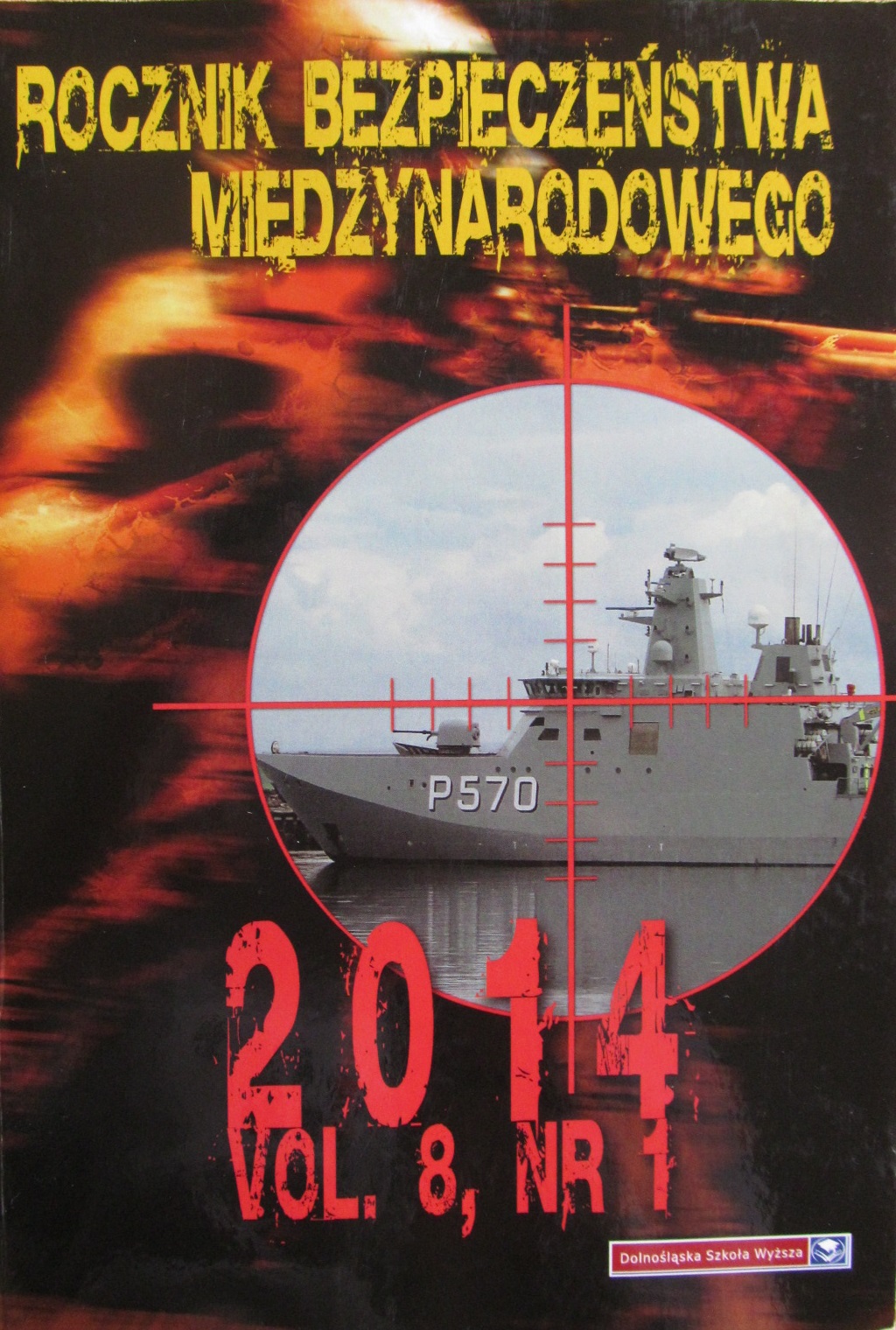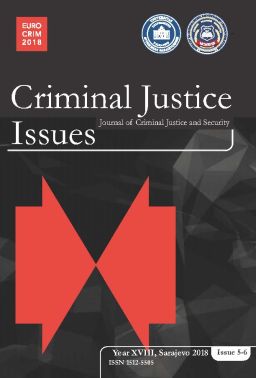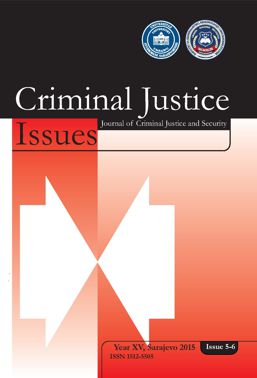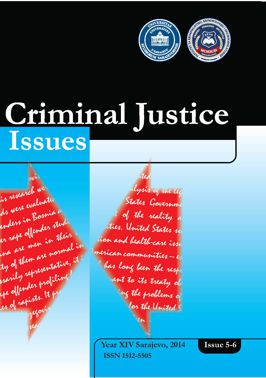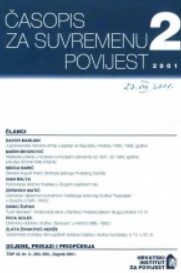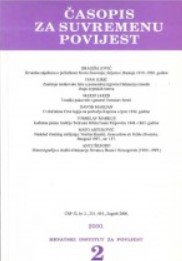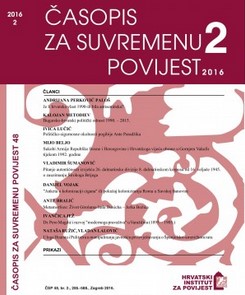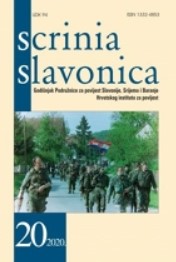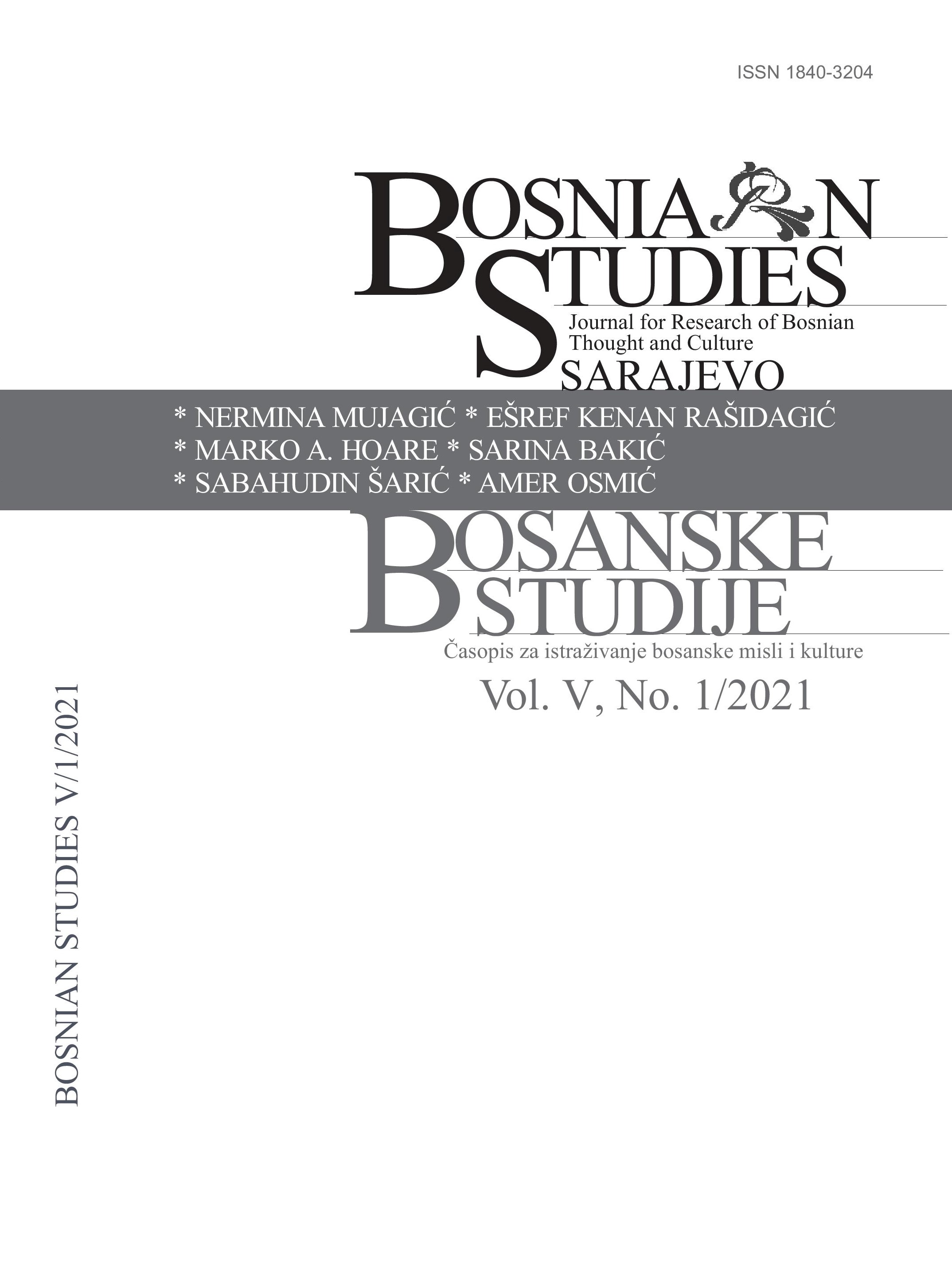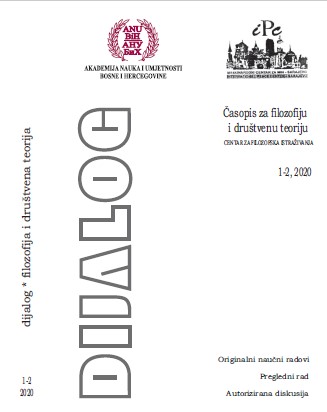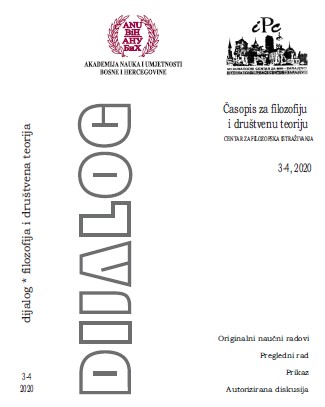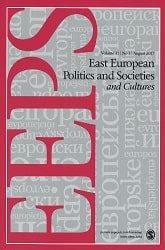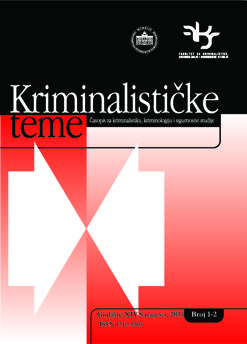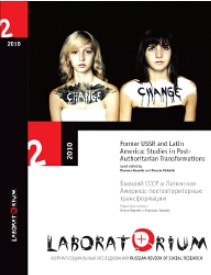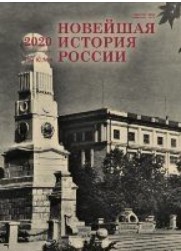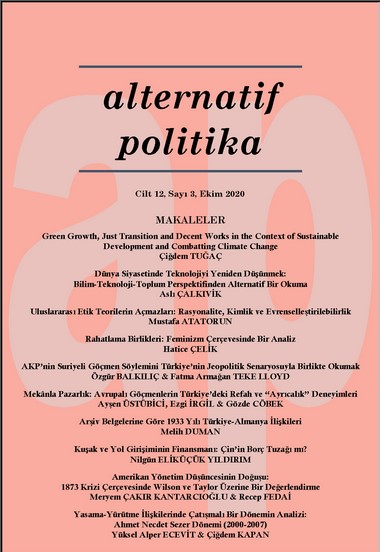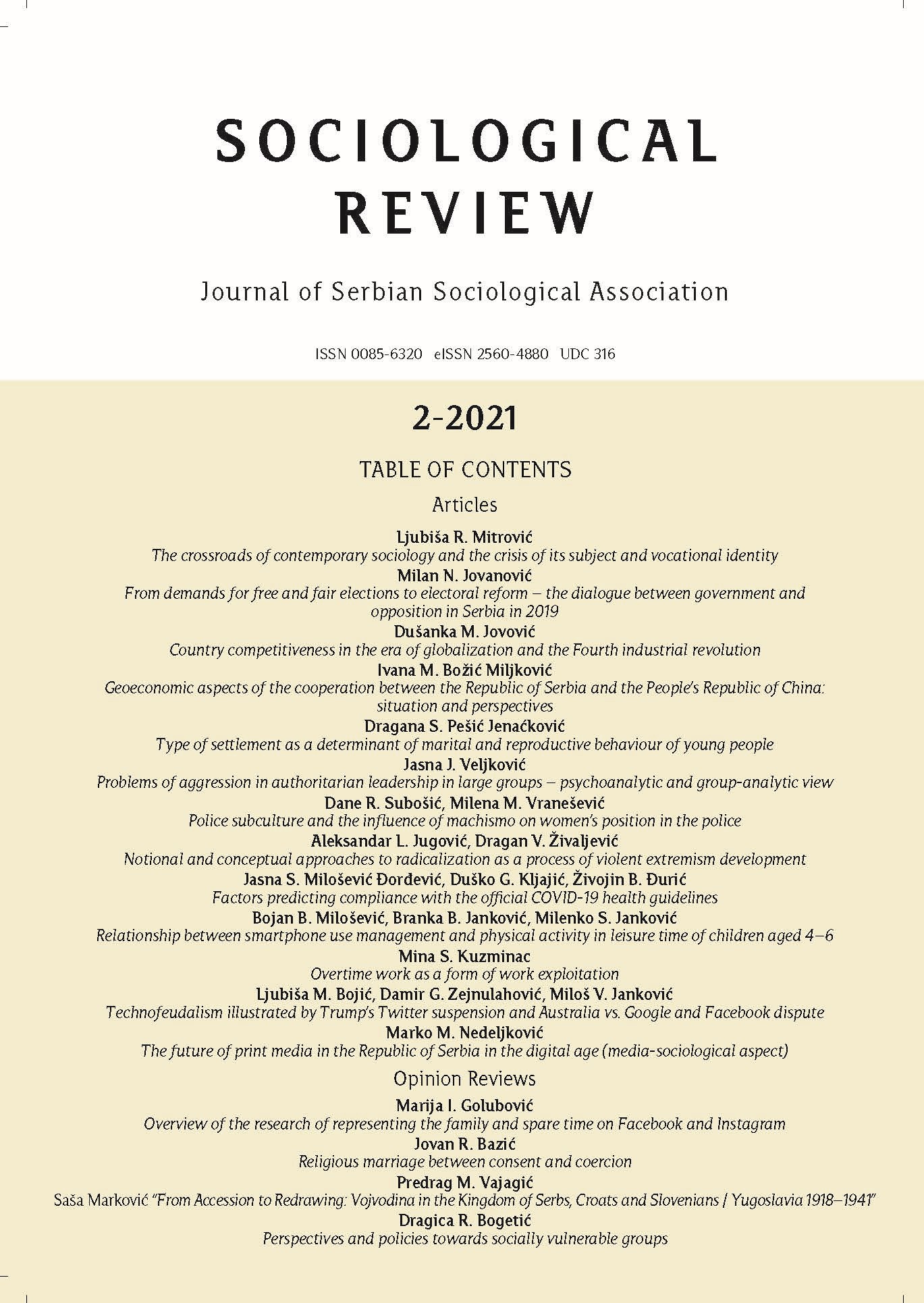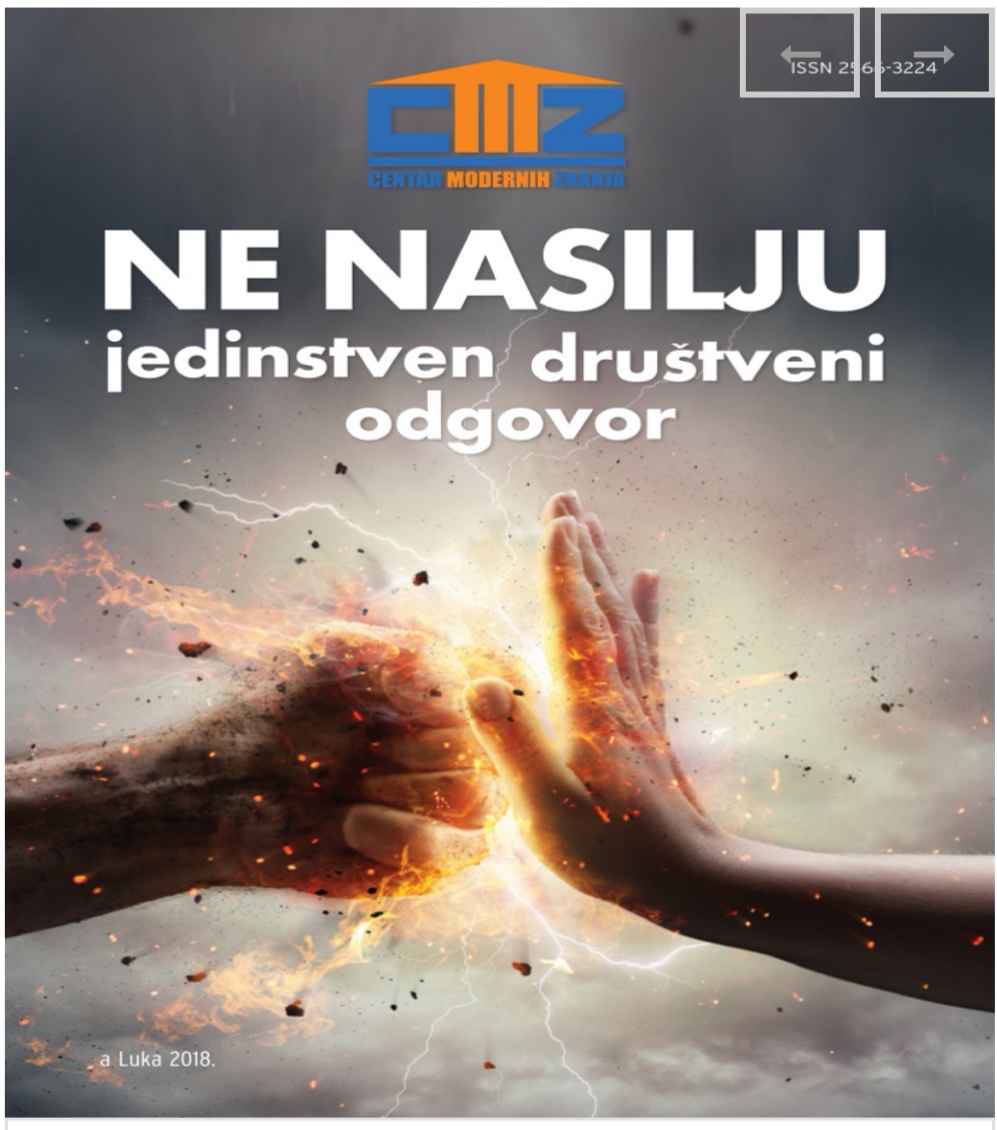
ЗЛОСТАВЉАЊЕ И ЗАНЕМАРИВАЊЕ ДЕЦЕ У ПОРОДИЦИ
Abuse and neglect of children in the family is the most severe form of domestic violence and violence in general, due to the specificity of the biological, psychological and social characteristics of the child, as well as the relation of the child to possible criminal behavior. A family that should represent the ideal environment for the psychophysical, emotional and social development of the child, becomes the source of his neglect and abuse. The ill-treatment and neglect of children in the family is a social phenomenon that has always attracted the attention of the expert and scientific public, and has recently attracted the attention of domestic public opinion. Although numerous studies have shown that abuse and neglect of children in Serbia has increased, especially in the last 15 years, data on the extent of this phenomenon are very difficult to obtain, because the forms of this abuse are covered by the "family secret" and, in addition, statistical data are available are unreliable, since there is no single tracking and analysis of this phenomenon. This paper examines the forms of abuse and neglect of children, the prevalence of abuse and neglect, the characteristics of parents who abuse and neglect their children, the characteristics of child victims of abuse and neglect, and indicators of abuse and neglect of children. The aim of the research work is to search for statistical data on the phenomenological and etiological characteristics of abuse and neglect of children, with particular reference to crimes from different groups in which children are victims of abuse and neglect.
More...
